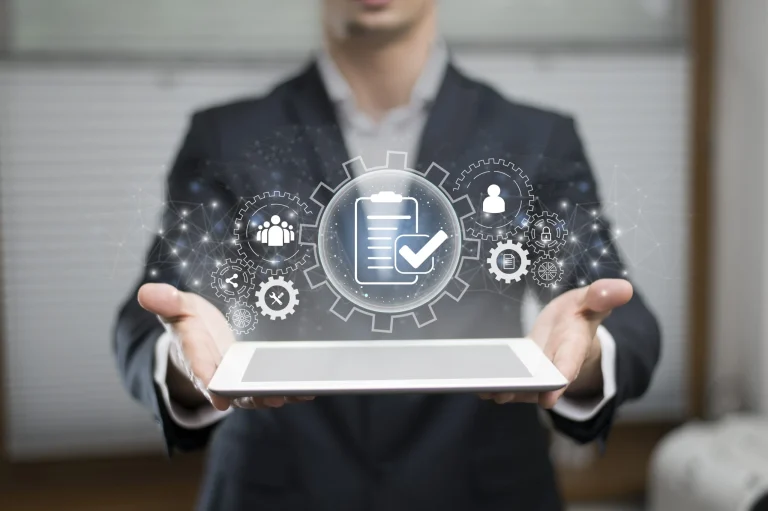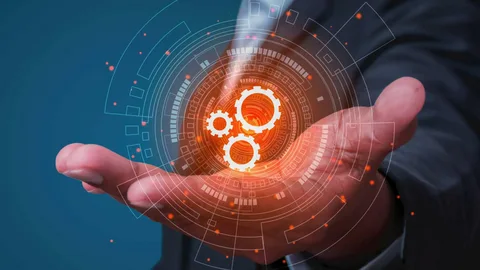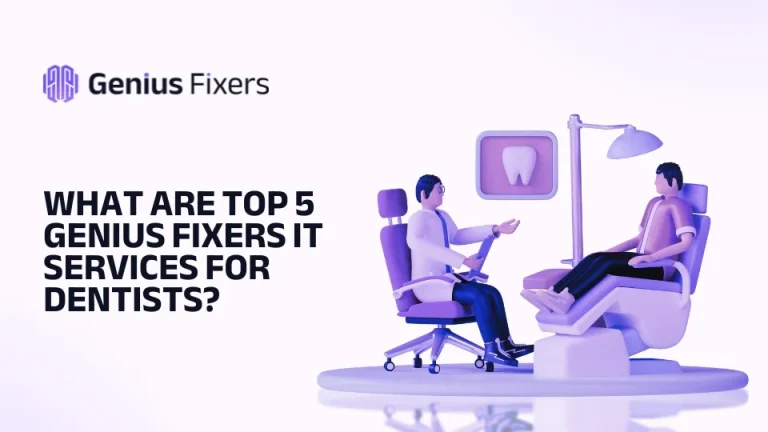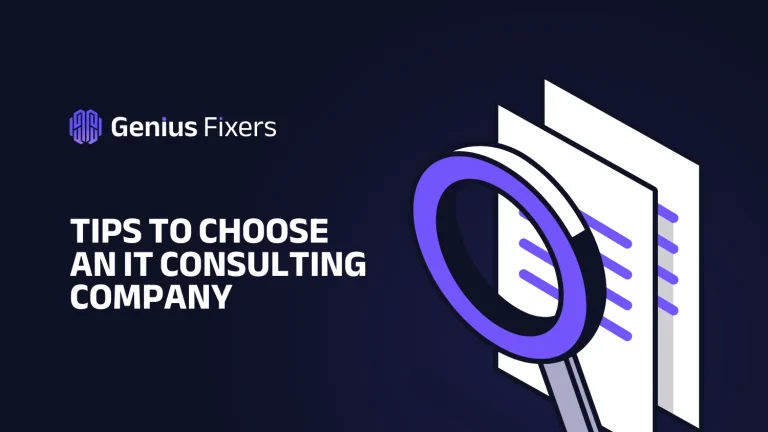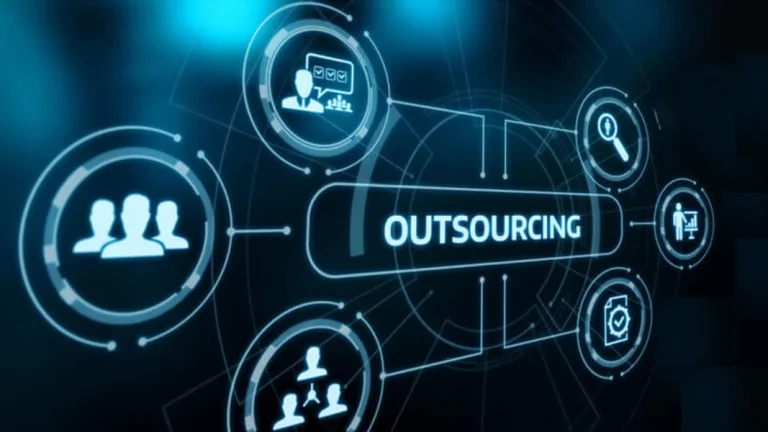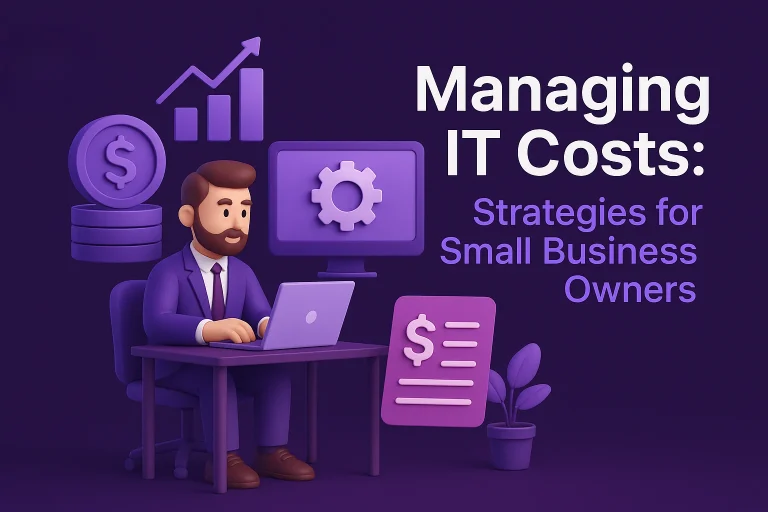Empowering Businesses with IT Solutions
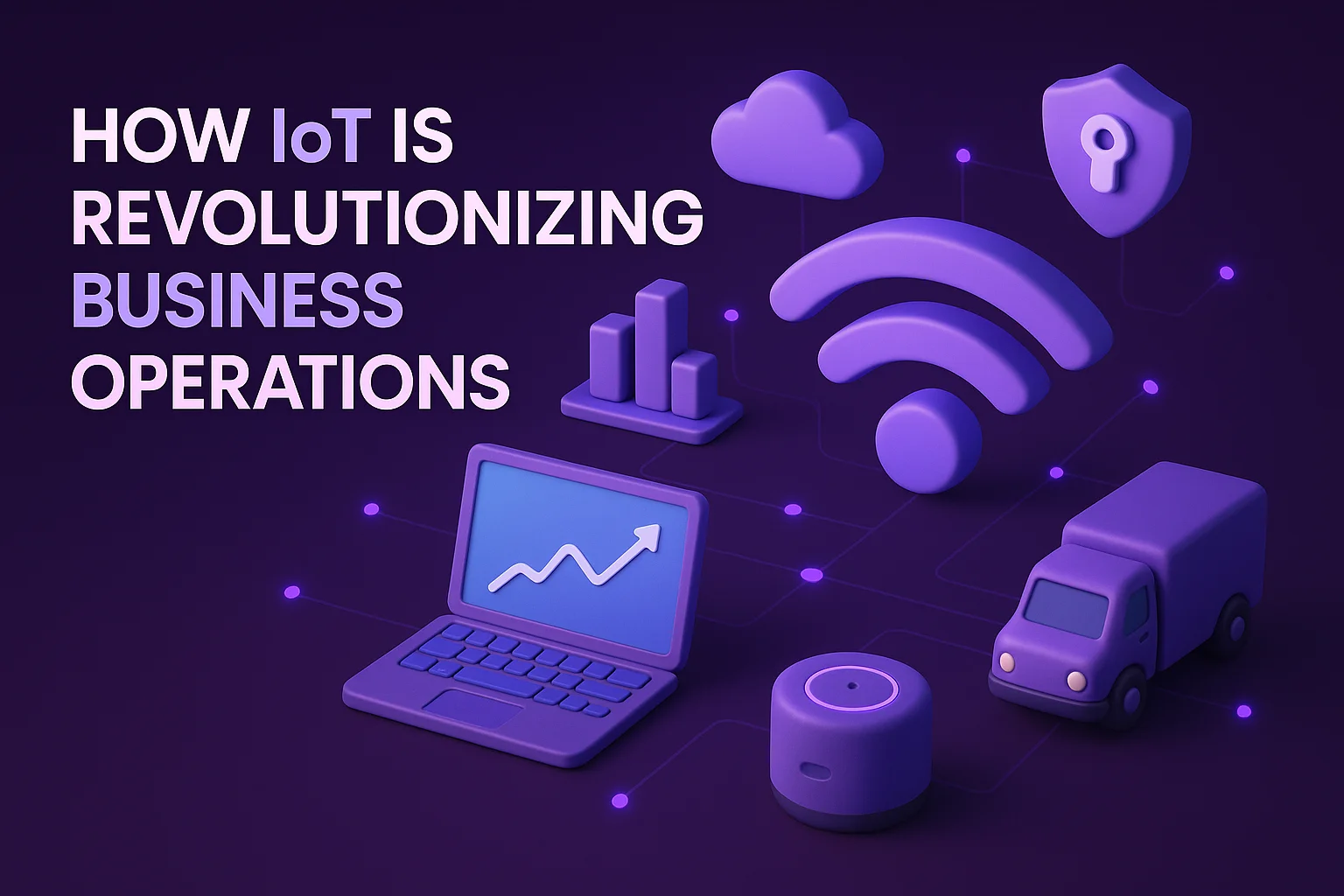
How IoT Is Revolutionizing Business Operations
As technologies are evolving rapidly, we thought to elaborate on IoT by primarily aiming at its pluses for businesses, to not let the latter miss out on anything pertinent.
The ABCs of IoT
IoT, or the Internet of Things, is, in simple terms, a cycle encompassing sensing, communicating and analysis. In routine, it is helpful in connecting various sorts of physical objects and then amassing information from them, resulting in some kind of action.
- Devices: These are entities with certain technologies embedded in them, such as sensors and software. Their prime responsibility is to detect phenomena like motion and light. So, indirectly, they are meant to gather information that is in the raw state.
- Connectivity: This adds value to the devices’ tasks by offering communication to the central system. It is usually the internet part of the IoT and can be in wireless or wired form. Examples are Wi-Fi, Bluetooth and Ethernet.
- Processing: In order to comprehend the meaningful insights of the information that is previously gathered, processing takes place, which is the reflection of analysis. Cloud computing also plays its part by handling huge amounts of data and applying advanced algorithms.
- Interfaces: Here, we are conversing about user interfaces, which are also a software layer. They obviously let users interact with the IoT ecosystem. For instance, there are mobile applications for ease of control and monitoring.
Does IoT Have a Game-Changing Potential for Businesses?
The answer is yes. We can even help you in different ways to make good use of IoT. All you have to do is explore Genius Fixers services. But first, read how the Internet of Things is advantageous for your business.
Enhanced Efficiency
This efficiency relates to the overall improvement that business operations can relish. For instance, one of the relevant IoT perks is predicting failures prior to their occurrence. This leads to the minimization of unexpected downtime as well as repair costs.
On the other hand, IoT is helpful in monitoring and controlling resource consumption. This can relate to smart energy management, for instance. Thus, the use of water or raw materials becomes a lot more efficient, resulting in cost savings.
Furthermore, this entity can provide real-time monitoring of various assets, such as vehicles, which, in return, refines utilization rates and even minimizes the loss.
Superior User Journey
Customers adore it when businesses value personalization. This entails preferring their needs and offering them services or products that are as per their interests. IoT can definitely help you with that, like connected health devices providing personalized insights.
The proactive approach can also be applied here. Businesses can figure out the priorities of their users beforehand and put forth solutions even before they realize their problems.
Also, IoT almost eliminates the need for expensive on-site visits. It can aid businesses with remote support concerning their products.
Improved Security
By alerting everyone regarding the dangers, such technology is best for keeping the workplace secure. It can even keep an eye on potentially hazardous conditions and track the locations of the employees.
Again, the predictive nature of IoT works wonders. Therefore, the possibility of failures and then accidents is very low. It is all because of smart surveillance and anomaly detection systems that help to protect business assets efficiently.
Main Challenges
It is crucial to consider the limitations or drawbacks of IoT for businesses as well.
- Data breach is a major concern here. Whether it is operational or financial data, it is prone to cyber-attacks. Also, the operating systems are typically simpler than traditional IT systems, which, therefore, lead to more vulnerabilities.
- The integration is often complex and costly. This is because there are no widely adopted universal standards for connectivity.
- As you already know, IoT generates a huge amount of data. And managing all that is a challenge. Also, it is not merely about managing such information; even its storage and processing sometimes is not too effortless.
- The cost of its implementation is usually quite high. Then, there is the ongoing maintenance, comprising securing and updating devices. Every such aspect seems a great expenditure for businesses.
The Strategic Partnership of Genius Fixers & IoT for Your Business
- Being an MSP, we can support businesses in many ways. For instance, our experts are knowledgeable about IoT requirements. They know plenty about networking, software and hardware and can even offer cybersecurity services.
- As the IoT landscape is changing, we stay up-to-date with the trends, in order to ensure that it is being implemented effectively.
Our managed IT solutions also encompass continuous monitoring and proactive maintenance. We can detect relevant issues in advance and address them as quickly as possible to avoid a major impact on your business operations.
Wrapping Up
To summarize our article, we explained the fundamentals of IoT to set a stage for our audience. This technology is useful for revolutionizing business operations by offering enhanced efficiency as well as security, in conjunction with a nice customer experience.
FAQs
What are 2025 IoT trends for businesses?
The involvement of AI algorithms will bring a massive alteration to the business world. Thus, such devices will not only amass data but will also analyze it and identify patterns and even predictions.
Besides, IoT security will become the prime consideration, and again, the AI algorithms will aid in enhancing cybersecurity.
Is cloud computing the right alternative to IoT for my business?
As a matter of fact, it is not a direct alternative to IoT for your business. Cloud computing is more towards managing or storing big amounts of data. On the other hand, IoT generates this much volume.
Also, these devices are the bridge to the physical world and help in collecting data from the environment.
Is IoT just about devices?
Well, devices are for sure in its foundational layer. However, there is always more to it, including connectivity, as these devices require a way to communicate. Also, there is the task of collecting and transmitting data.

